Grandfather clocks | Why they belong in contemporary homes
It’s been a while since we shone the light on Grandfather clocks, so it’s ‘about time’ we revisited them. When considering these antique timepieces, we realise that, like four-poster beds, they’re a want rather than a need. But they are beautifully grand and will always create a striking pose wherever they are displayed.
But what if you didn’t necessarily ‘want’ one but have inherited one as an heirloom piece and now need to do something with it? We think you are extremely fortunate as antique Grandfather clocks are special pieces of a time and a place; where the harmony of form and function celebrate intricate and awe-inspiring craftsmanship.
As a bold interior design gesture, adding an antique Grandfather clock to a contemporary space may seem a little over the top, but somehow, it makes sense.
Wherever you decide to place one – upstairs, downstairs or in the lady’s chamber – a Grandfather clock will always be a showstopper.
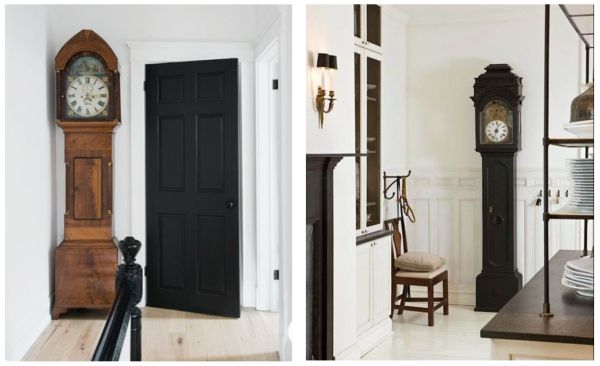
Bob Engels, marketing manager for Sligh Furniture and Clock Co., highlights the sentimental value of grandfather clocks: “To somebody buying a grandfather clock, timekeeping is really secondary. What they are buying is the mystique of the clock….It’s an animate object. A clock will speak to you through the motion of the pendulum and the sound of the chimes. It creates a feeling of tranquillity. That’s why they become prized possessions. They’re almost like a member of the family.”
This ‘grandmillennial’ styling – a trending term that blends nostalgic charm and old-world traditional décor elements with sleek modern sensibilities – is capturing the hearts of design enthusiasts across generations. Maybe it’s because these clocks create one-of-a-kind drama, or maybe it’s because they are versatile enough to transcend the years and match any aesthetic.
We’re hoping to convince you that antique Grandfather clocks are worth investing in and that they can seamlessly be integrated into contemporary homes.
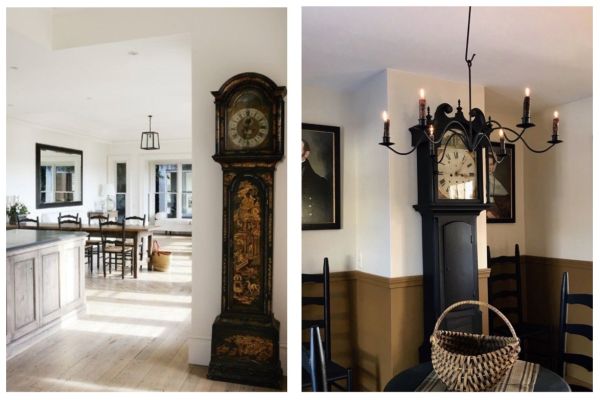
Adding Grandfather clocks to contemporary spaces
The classic design artistry of an antique grandfather clock makes a stunning statement in modern interiors.
Here’s why they work:
- A striking focal point | In minimalist interiors, a beautifully restored grandfather clock acts as a sophisticated conversation piece, standing out against clean, neutral backgrounds.
- Blending old and new | Modern design trends embrace eclecticism, where a well-placed antique adds warmth and character to an otherwise sleek and modern aesthetic.
- Contrasting textures | The richness of aged wood and intricate carvings can provide an inviting contrast to contemporary materials like glass, metal, and concrete.
- Functional décor | Beyond decoration, antique Grandfather clocks serve a practical function and offer an elegant alternative to digital timepieces.
- Custom styling | If a clock’s patina feels too traditional, subtle refinishing or placement in a fresh, contemporary setting can make it feel more in sync with modern aesthetics.

Surprising spots to showcase a Grandfather clock
There’s something uniquely captivating about the presence of a grandfather clock, and these traditional antiques don’t just belong in traditional living rooms or grand halls. They’re as comfortable in a small entryway, a kitchen and even a bathroom.
- 1. Making a grand entrance | Imagine stepping into your home and being greeted by the steady tick-tock of a majestic grandfather clock. Placed strategically against a neutral-toned wall or nestled in a cosy corner, it instantly becomes the welcome focal point of your entryway. The tall, imposing structure adds height and grandeur, while its classic design contrasts beautifully with modern minimalist decor. Opt for a sleek, dark wood finish to complement contemporary interiors, or choose a lighter shade to brighten up the space.
- Creating a tranquil haven | Surprising as it may seem, the gentle chimes and stately charm of an antique grandfather clock can bring a touch of serenity and romance to your modern-day bathroom. Choose a water-resistant model or place it strategically away from direct moisture to preserve its beauty and mechanism.
- Adding culinary charm | The kitchen – as the heart of every home – is where memories are made and meals are shared. Introducing a grandfather clock here adds a dash of old-world authenticity amidst stainless steel appliances and sleek countertops, calling the family together. Consider a smaller, more practical size that complements the kitchen’s functionality without overpowering the space.

The value of antique Grandfather clocks
For collectors and design enthusiasts, antique grandfather clocks are worth considering as an investment:
- Master craftsmanship | Many antique grandfather clocks were handcrafted by master artisans using premium materials such as fine wood, brass, and glass. Their superior craftsmanship ensures durability, making them stand the test of time.
- Increasing rarity | As with many antiques, genuine grandfather clocks from the 18th and 19th centuries are becoming increasingly rare. Their scarcity enhances their value over time.
- Historical significance | Many clocks have fascinating provenance, sometimes linked to notable families or historical events, further enhancing their appeal and worth.
- Aesthetic and emotional value | Beyond financial considerations, these clocks provide an unparalleled sense of nostalgia and storytelling within a home.
- Potential appreciation | Depending on brand, age, condition, and provenance, well-preserved grandfather clocks can appreciate, especially sought-after designs from renowned makers like Thomas Tompion, John Harrison, or Gustav Becker.
Fall in love with Grandfather clocks at The Crown Collection
We hope you’ve fallen in love with the narrative that antique grandfather clocks are beautiful additions to contemporary spaces and cherished works of art. With thoughtful placement and styling, they successfully bridge the past and present, proving that true design classics never go out of style.
If you’ve been considering acquiring an antique grandfather clock, rest assured that it is an investment in both beauty and history. It can enrich any home, no matter how contemporary its design.








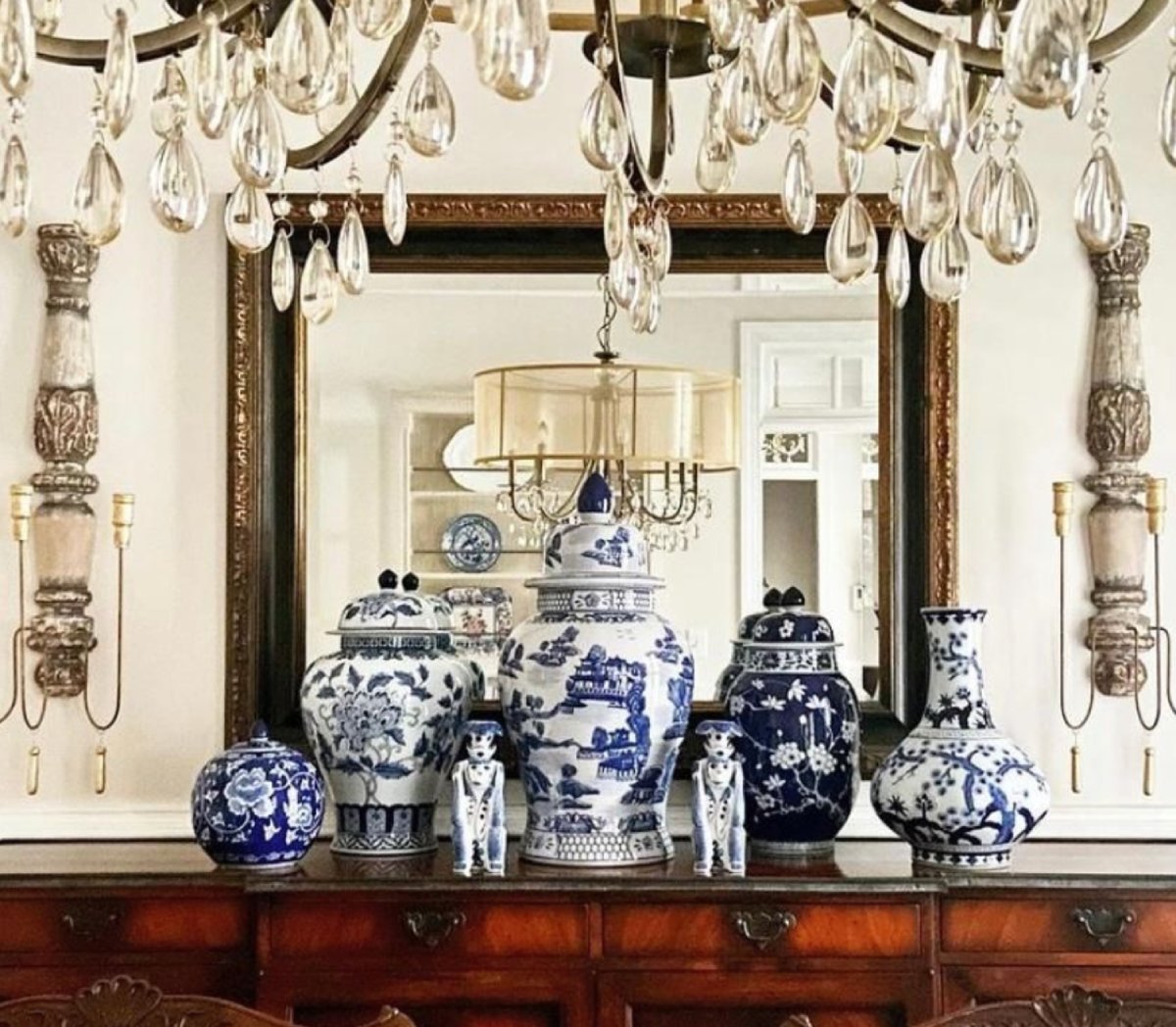

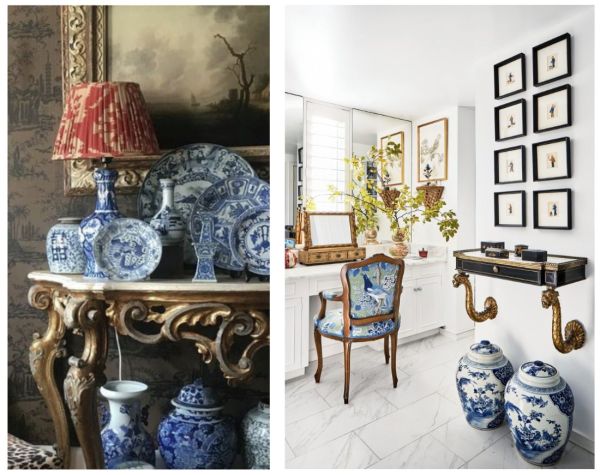


















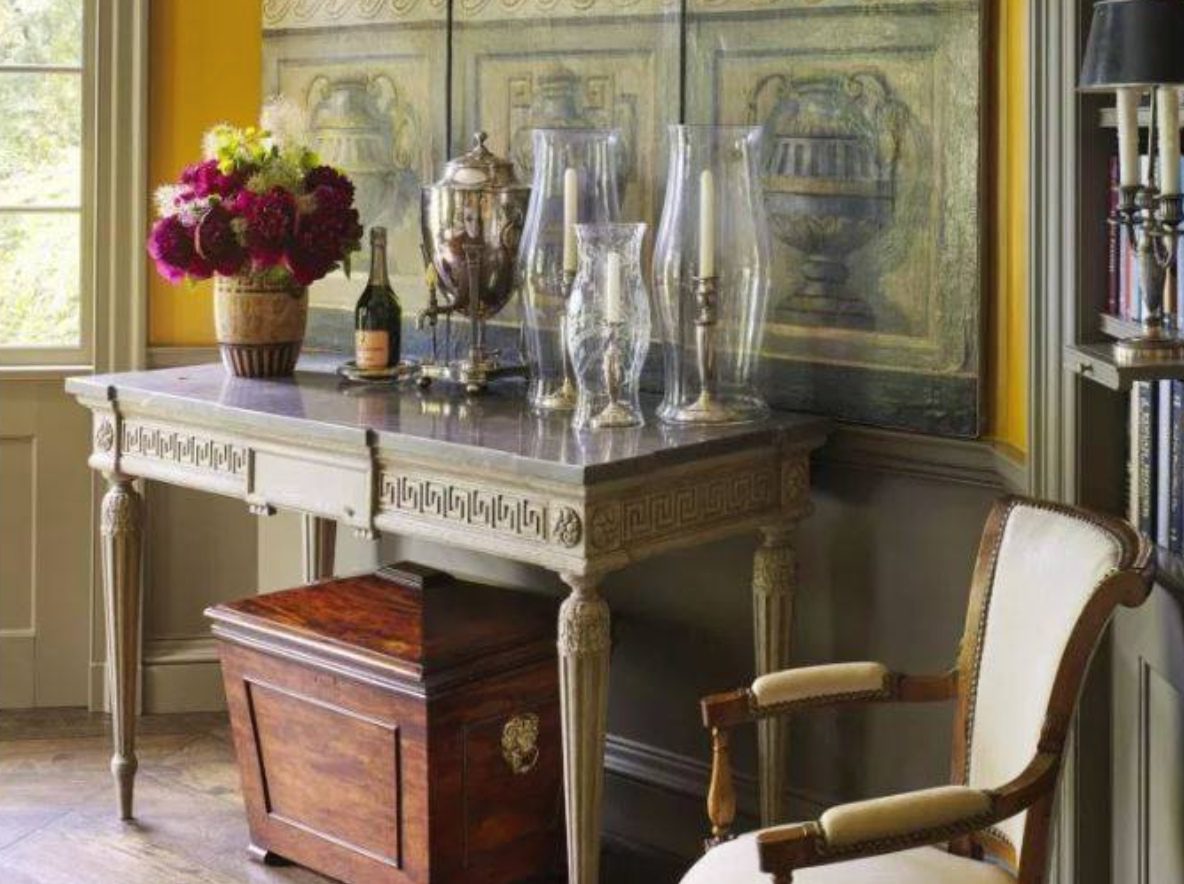
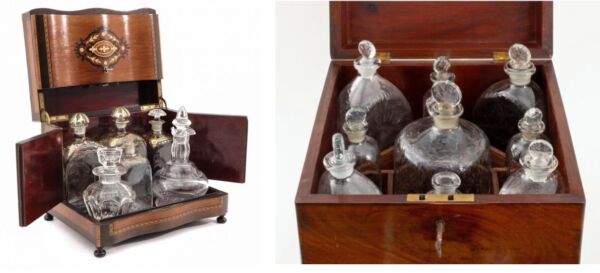









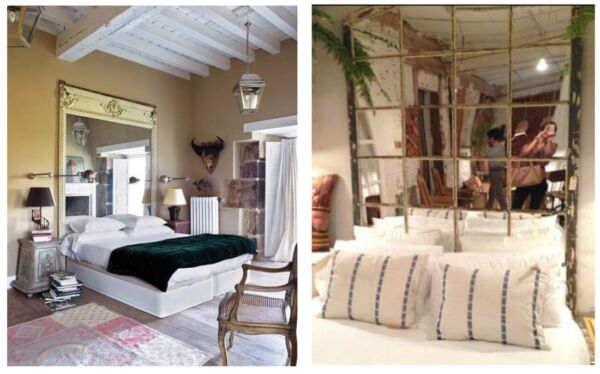
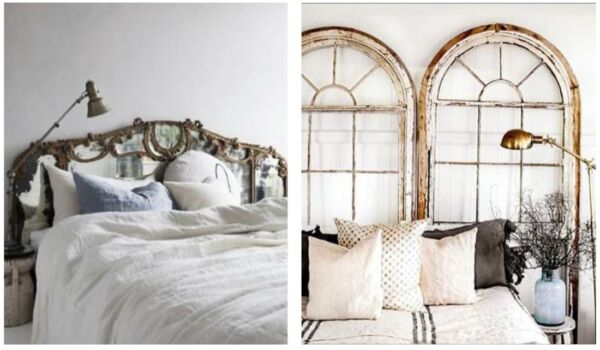








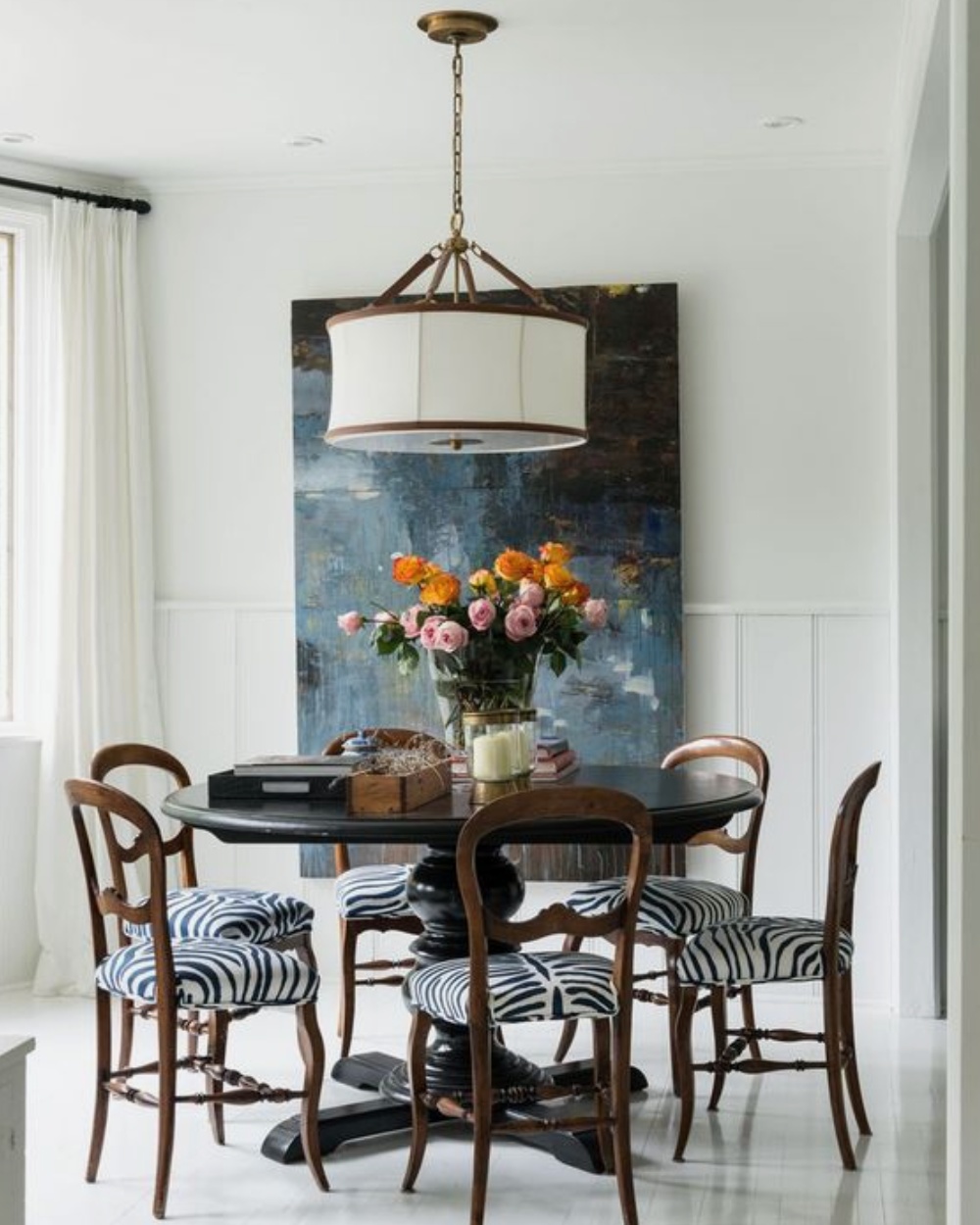
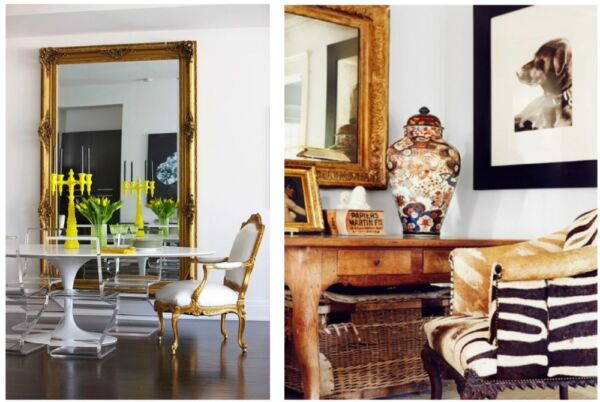
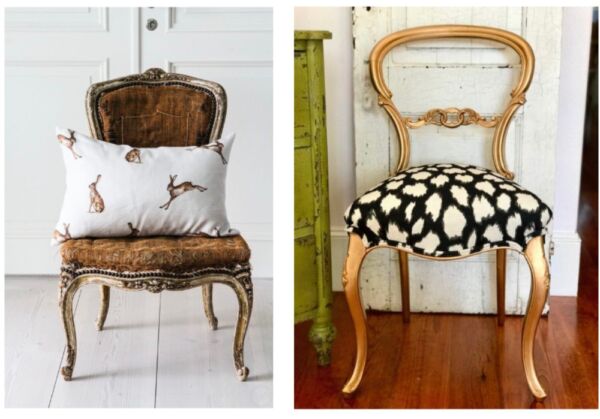

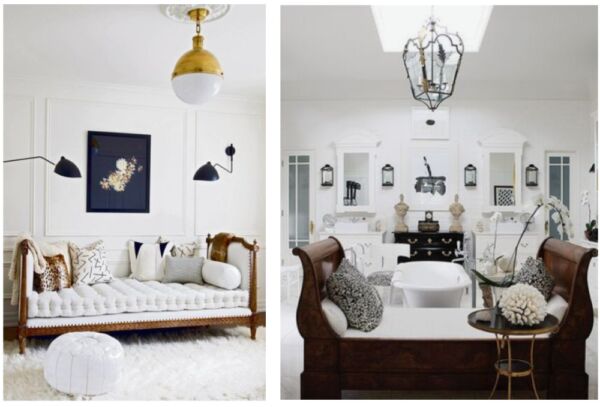
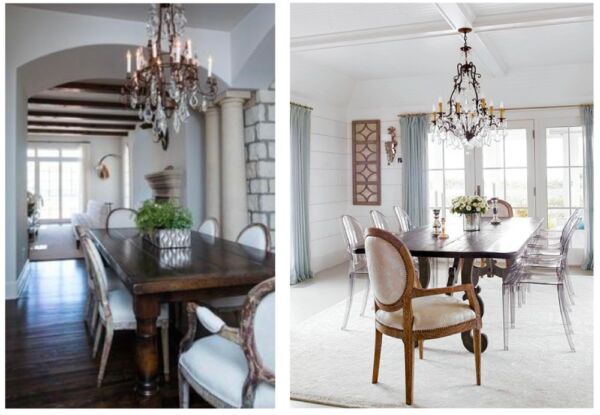
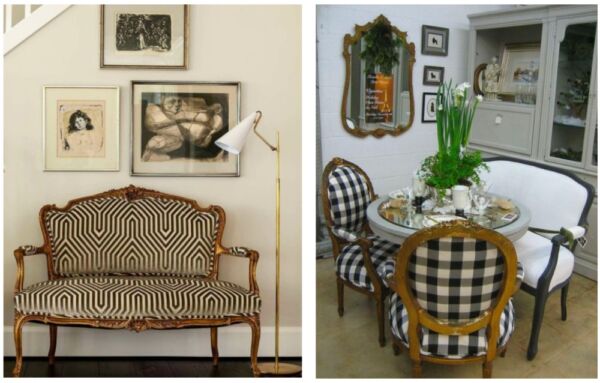
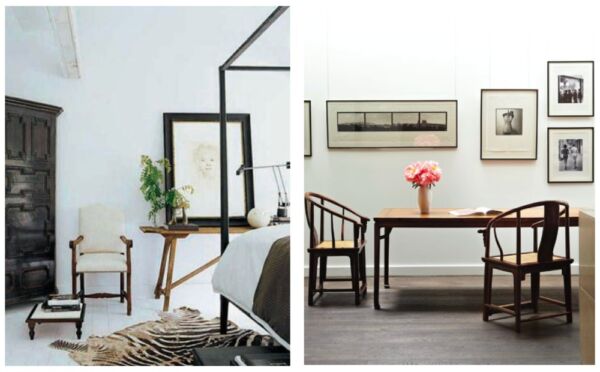
 Whatsapp us now
Whatsapp us now